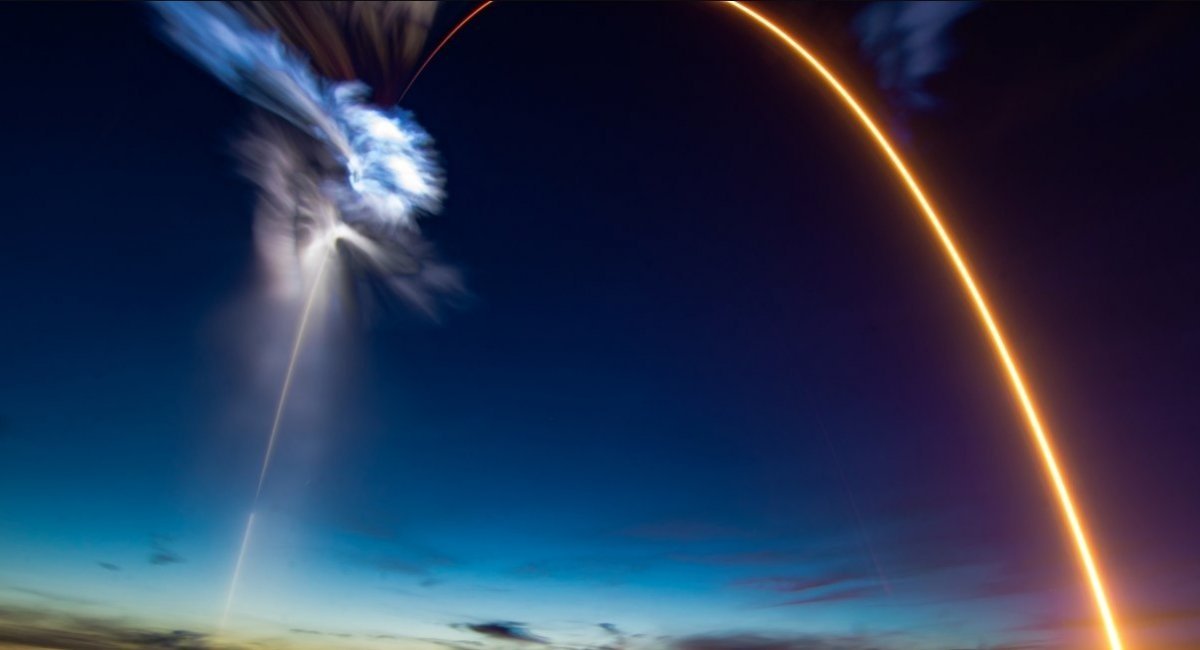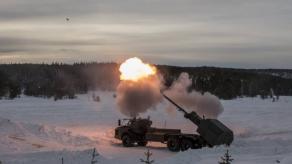Now and then russia tries to threaten the world that it’s ready to shift warfare into space and start taking down spacecraft. In recent days, the idea was voiced out by the representative of the russian foreign affairs ministry Konstantin Vorontsov during the General Assembly of the UN.
He said the West is abusing satellites to help Ukraine via private companies.
Read more: ICEYE Satellite Bought by Ukrainian Volunteers Helps Detect Russia’s Equipment on Battlefield
"The colleagues, apparently don’t realize that such activity, in fact, is indirect participation in armed conflicts. Quasicivilian infrastructure may be seen as a 'legitimate target' for a strike in return," Vorontsov stated.
Most likely, when he said "quasicivilian", the russian diplomat meant the network of telecom Starlink satellites from SpaceX. Those are widely used in entire world, and play especially important role in Ukraine by allowing to basically create an effective network of secure communication on the frontline which cannot be jammed by russian EW systems.
Also, the term may refer to the satellites from Maxar, Planet Labs, ICEYE and other commercial enterprises that provide imagery of much better quality than ones used by russian intelligence services which have quite questionable operability overall.
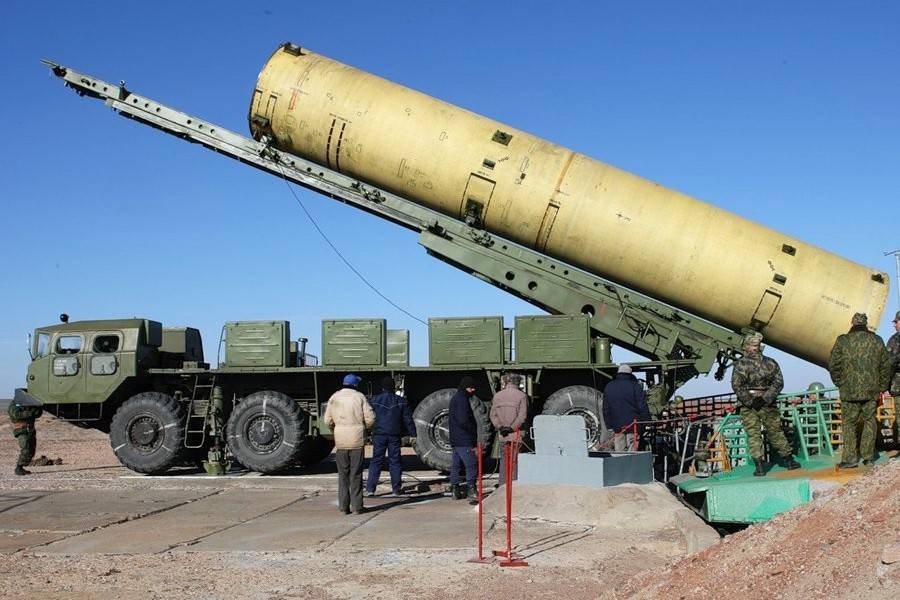
Nevertheless, the russian federation does have an ability to destroy satellites on the orbit. In 2021, russian army carried out tests of the anti-missile systems "Nudol" which eliminated the non-working Cosmos-1408 "Tselina-D" satellite with an A-235 missile. The target was located on the Earth orbit with parameters 465x490 km, which is higher than the International Space Station. The cloud of debris from the destroyed object was recognized by NASA as dangerous for the ISS and hence the crew was put on alert so they are ready to evacuate.
However, russia is not unique in having this capability. Moreover, it is actually falling behind on this matter because the USA were had in service its Thor missiles back in the 70's, and in the 80's the U.S. got air-launched ASM-135 ASAT missiles for F-15, one of those really took down a satellite.

And now the United States has in service SM-3 missiles with a proven capability to destroy satellites in space. In 2007, similar tests were finished by China, and in 2019 by India.
So when we ask ourselves, can russia destroy a Starlink satellite, for example, the answer is yes. But the problem is, the Starlink network consists of more than 3,000 satellites.
Therefore, a single destroyed satellite won’t significantly affect the system. To reach the desired effect, russia needs to destroy hundreds, if not a thousand spacecraft. But russia can barely ever produce this many "Nudol" missiles. The first reason is, we still haven’t heard anything about this missile being adopted by the russian armed forces. Secondly, such an expensive missile system though can destroy a low-orbit satellite, but is not intended to do it, from an "ideological" perspective. The primary role of the system is to neutralize intercontinental nuclear ballistic missiles.
On the other hand, russia could try a scenario discussed in the Soviet Union once upon a time. They said, it’s possible to raise a few "Proton" space rockets with several tons of fragmentation material and blow up all the satellites altogether.
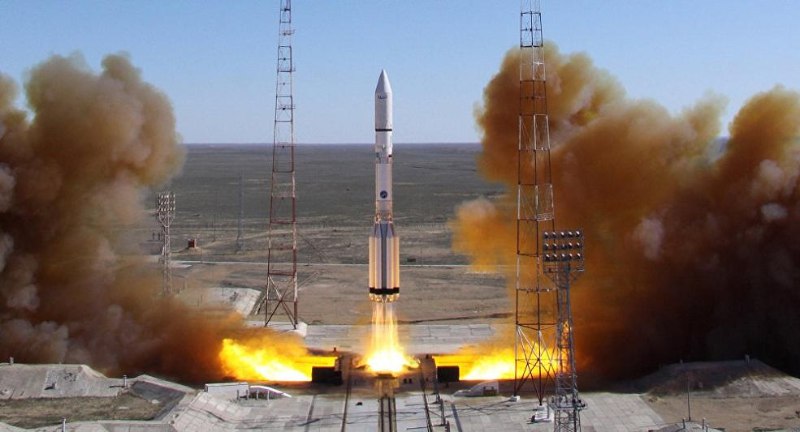
Despite the process being much more complicated and require more than a single launch to multiple orbits with different angles, but in theory, this scenario is looks realistic thanks to the Kessler syndrome.
The idea is that every destruction of a space object causes another portion of debris to emerge which will collide into the next satellite, create even more debris and so on, until the entire orbital space is full of fragments. This will eventually lead to humanity being unable to use the Earth orbit for a long period of time.
But what if russia does try to take down even a private satellite? Well, the consequence will be similar to a destruction of a civilian vessel in international waters – in the case of a SpaceX satellite, of an American one, then.
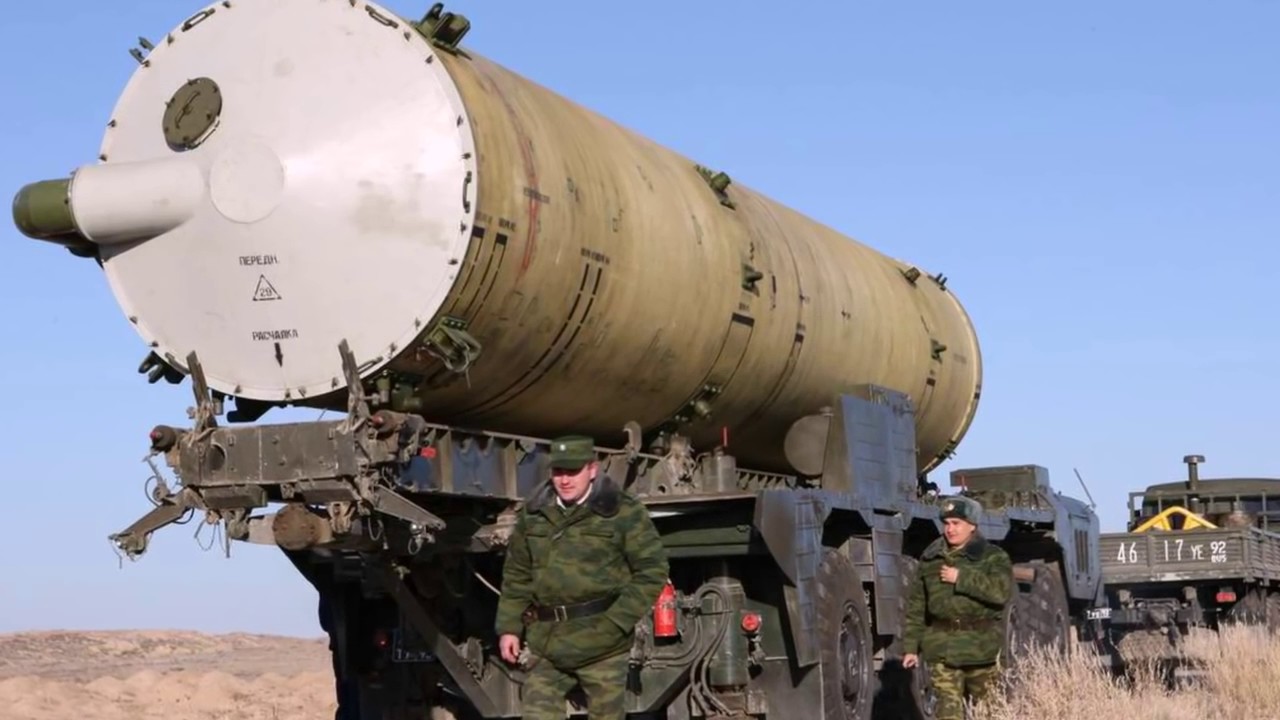
Read more: SpaceX Shut Down a Russian Electromagnetic Warfare Attack in Ukraine Last Month Against Starlink




